Soviet style: Frédéric Chaubin puts cosmic Communist constructions in the frame
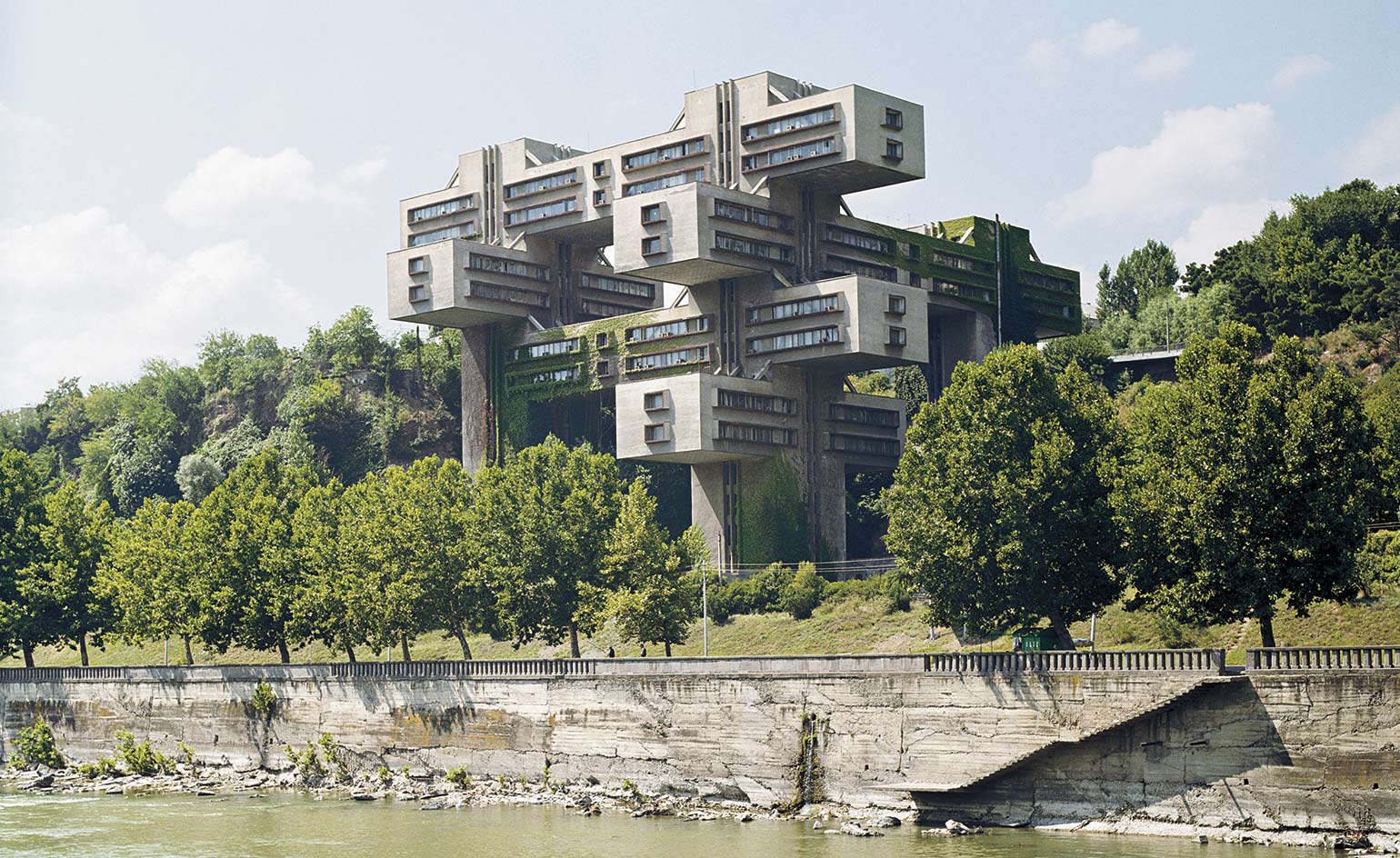
The ‘hidden architectural gem’ is an established trope of the modern age, something to be unearthed by an eager photographer and then propagated via the internet to an eager, ever increasing audience. Frédéric Chaubin’s visual exploration of the ‘fourth and final age of Soviet architecture’ is a case in point.
The sheer space-age strangeness of these buildings shows an architecture that was still ideologically charged, a noble communist assault against the value of abstract forms that Western designers had begun to turn their back on by the 1970s and 80s. A single example of any of these structures would throw a Western conservation body worth their salt into paroxysms of delight, for Chaubin presents a hidden history of architectural inventiveness, with a heft, solidity and fantastical outlook that today’s icon builders can only dream of.
The material of choice is concrete; raw, rich, sculptural, evocative and truly inspirational concrete, seen here fulfilling every dream of the early modernists and more. There is also chaos at work, a chaos that predates the parametric wet dreams and CGI-inspired voluptuousness of so much modern design, depending instead on the slide rule and certainty of poured, hammered concrete and exotically abstract decoration. Drawn from the far reaches of the USSR, soon to be fragmented away from the motherland, the diversity of the 90 featured buildings foreshadows the chaos that led to the end of the Soviet era.
Today, the heady combination of Soviet style and architectural extravagance is very much back in fashion, and the tragic ideological missteps that underpin so many of these structures is easily overlooked. As Chaubin notes in his introduction, ‘the Soviet Union was a labour camp, but also a gigantic holiday camp, a place where recreational activities were rigorously planned’.
From stadiums to scientific laboratories, playgrounds to health clubs, these buildings carried the torch of Constructivism, mixed in with American Googie, and central European Expressionism, creating slices of space age modern baroque that are now forgotten, faded and patched. For the most part, the infrastructure and systems that spawned this work have long since evaporated, leaving behind examples of high architectural melodrama that can never be repeated.
This article was originally published in January 2011 and updated for the book’s September 2017 reissue

The architecture faculty at the Polytechnic Institute of Minsk, Belarus, and its succession of overhanging lecture theatres, by V Anikin and I Yesman, 1983
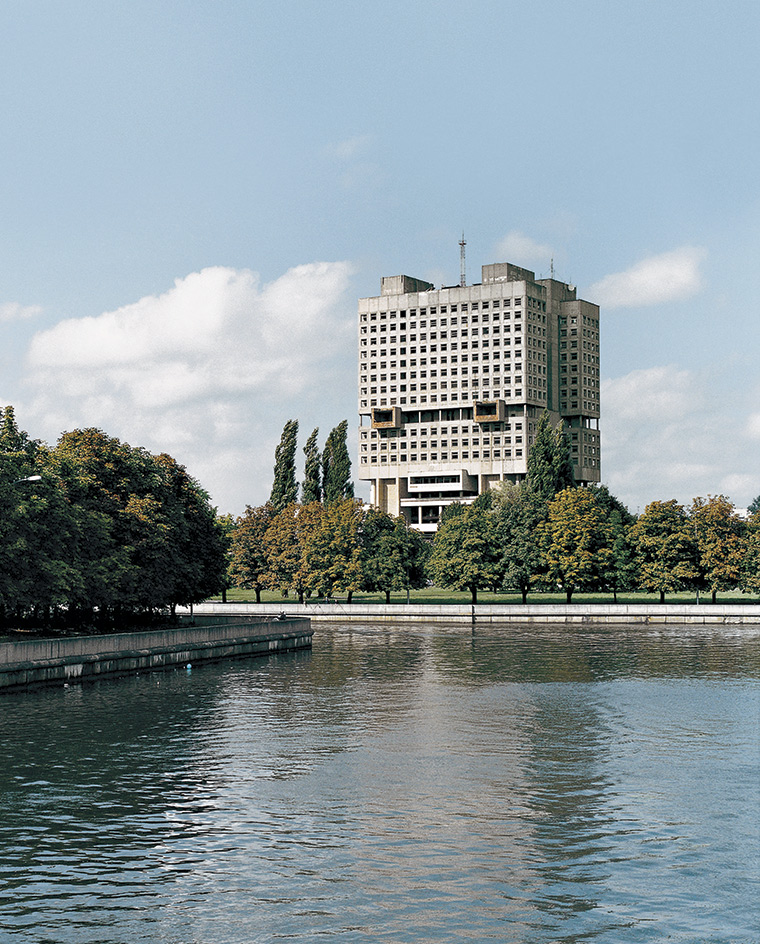
The anthropomorphic House of Soviets in Kaliningrad stands on the site of the Saxon castle of Königsberg. Begun in 1974, its construction was never completed because of its structural flaws and the collapse of the USSR
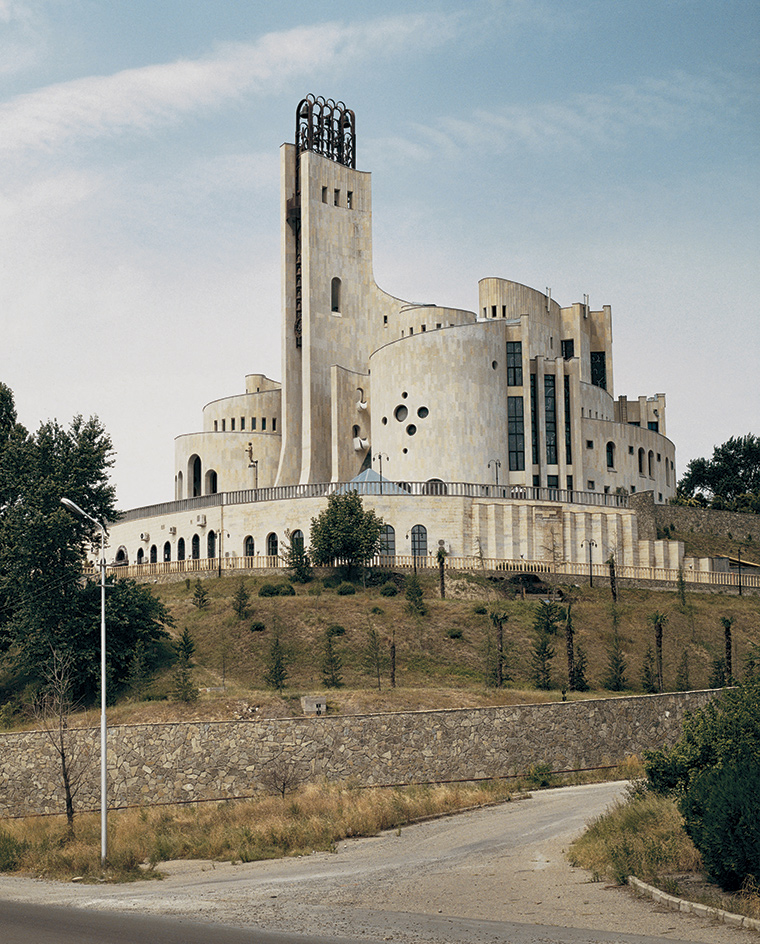
Palace of Ceremonies in Tbilisi, Georgia, by R Dzhorbenadze and V Orbeladze, 1985
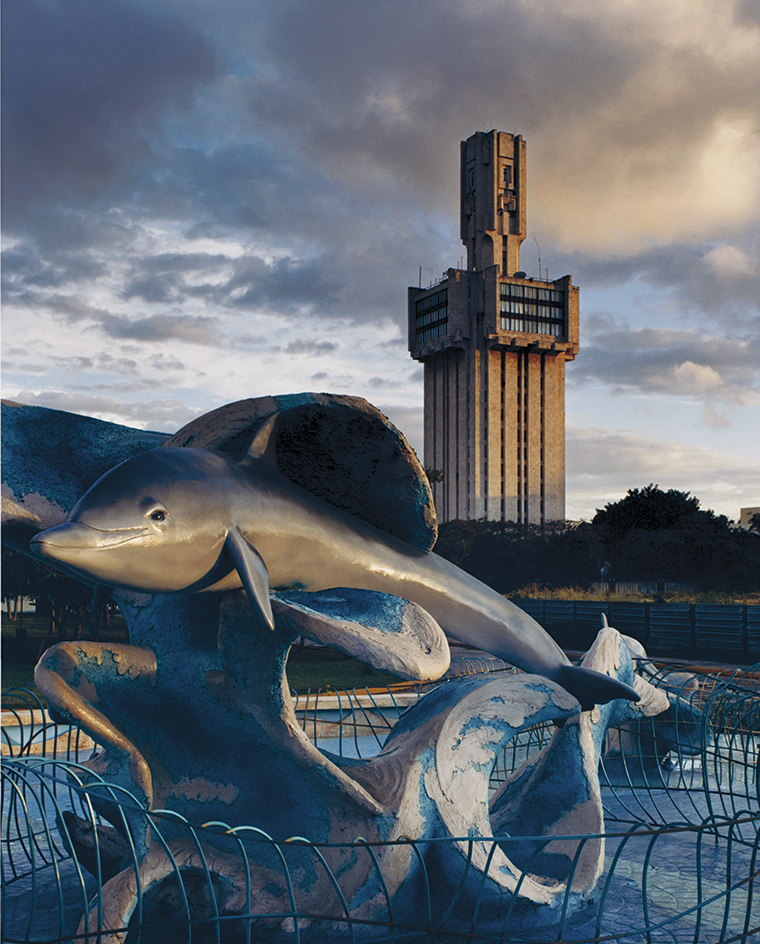
Soviet embassy in Havana, Cuba, by Alexander Rochegov, 1985
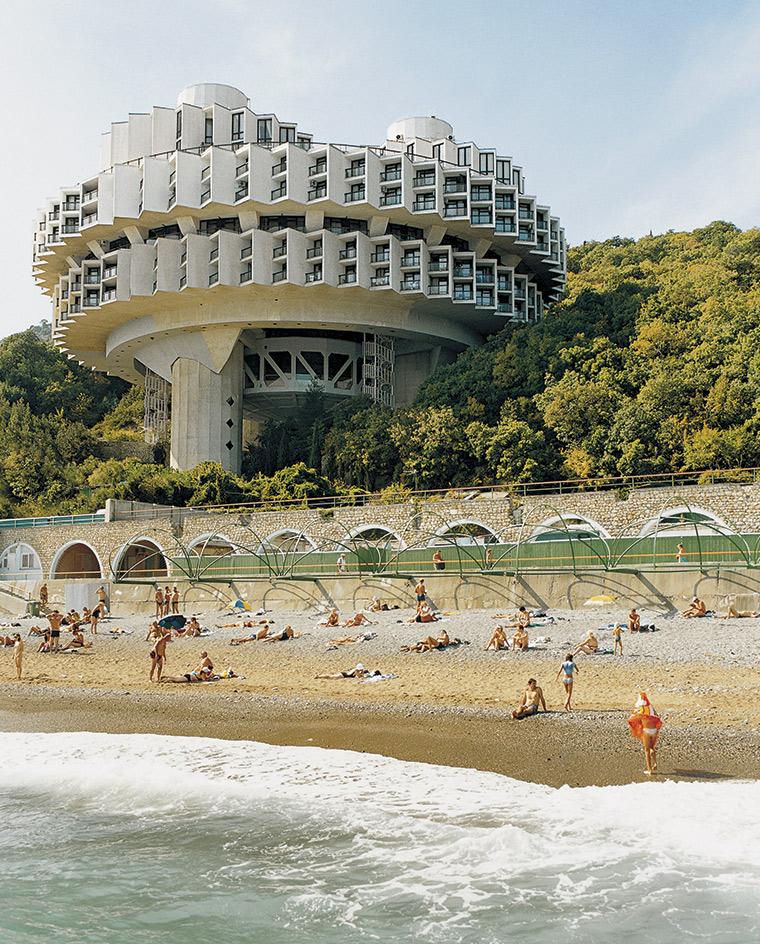
Druzhba sanatorium in Yalta, Ukraine, by I Vasilevsky and Y Stefanchuk, 1985
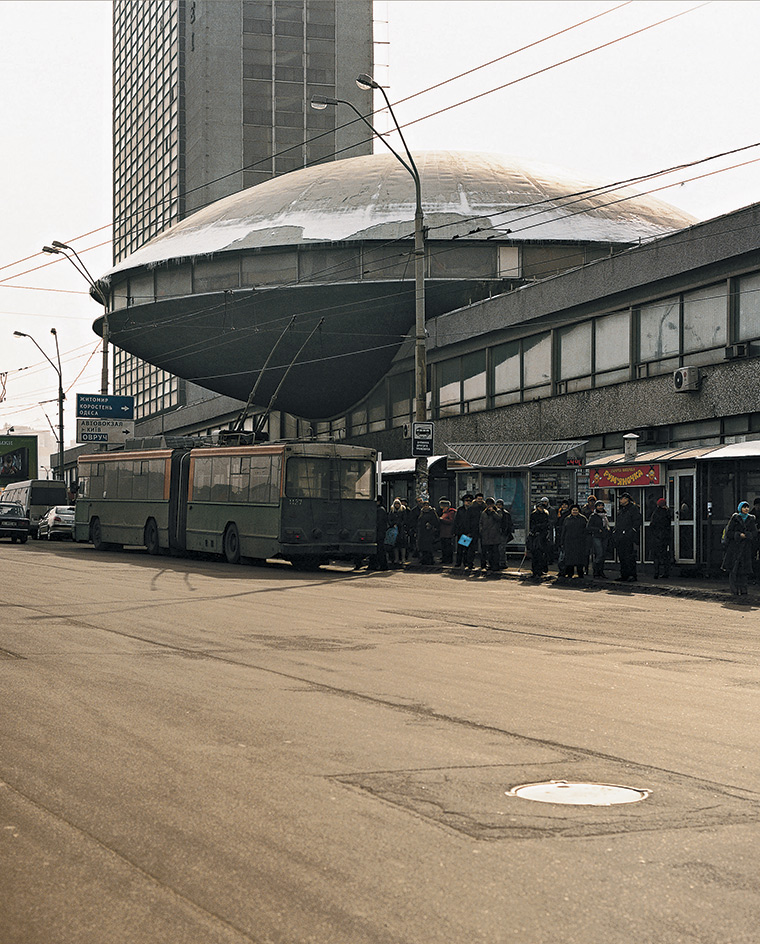
Ukrainian Institute of Scientific and Technological Research and Development in Kiev, Ukraine, by L Novikov and F Turiev, 1971
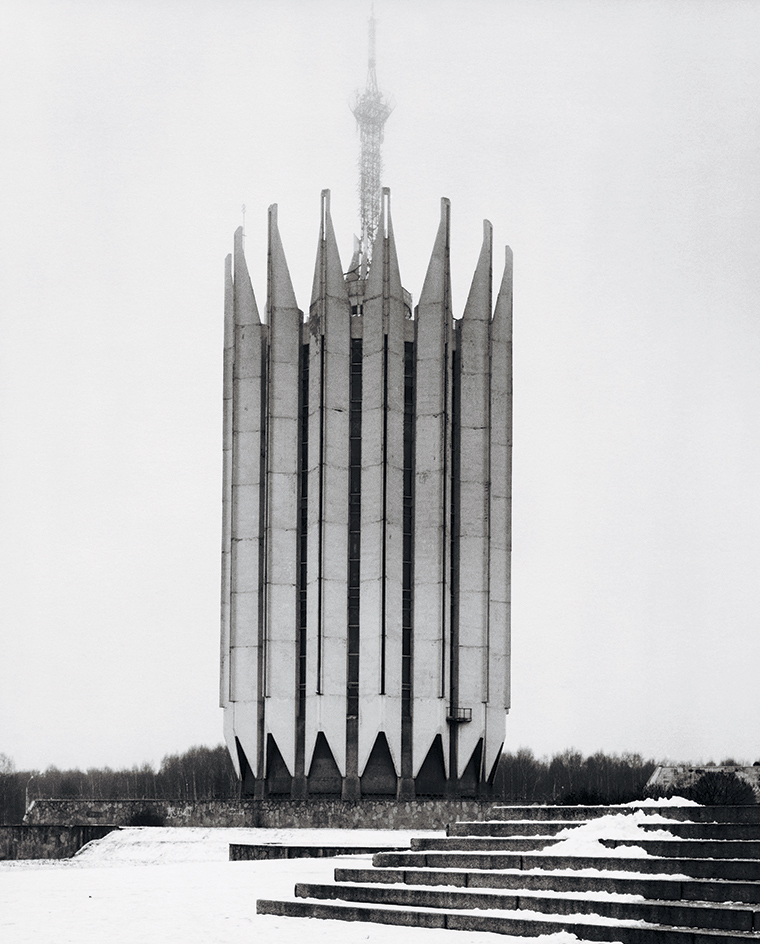
Institute of Robotics and Technical Cybernetics in St Petersburg, Russia, by S Savin and B Artiushin, 1987
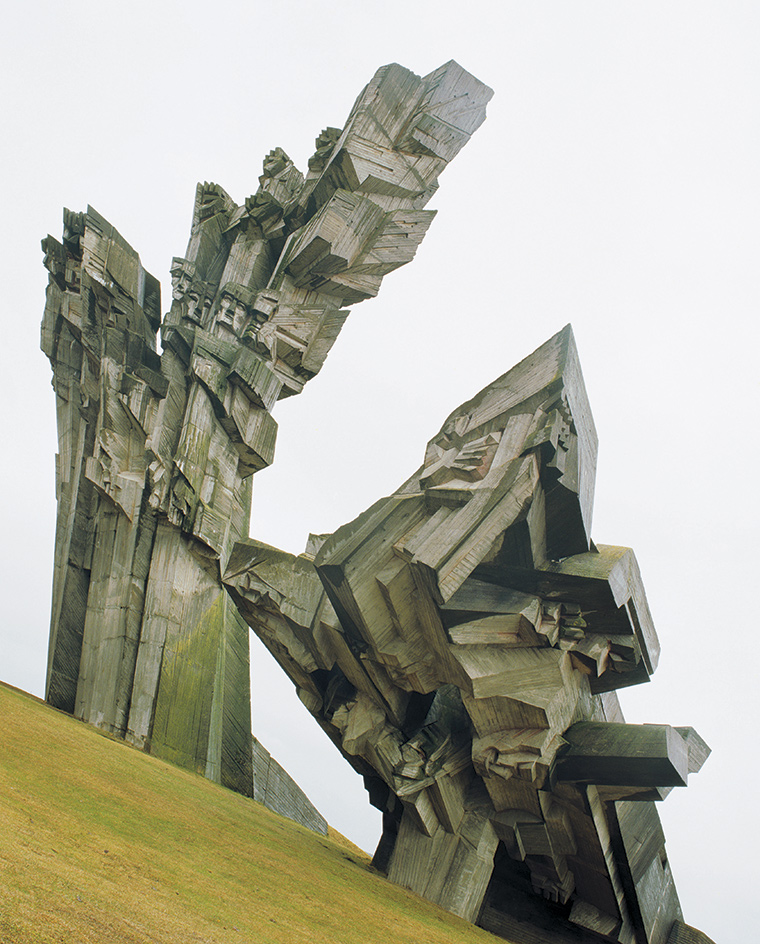
Built in the 19th century, the Ninth Fort at Kaunas in Lithuania was used by the Soviet NKVD as a detention centre and then by the German occupying forces. The 32 metre-high memorial stands on the site of mass executions carried out during the Holocaust. This spectacular evocation of suffering and death was designed by the sculptor Alfonsas Ambraziunas in 1983
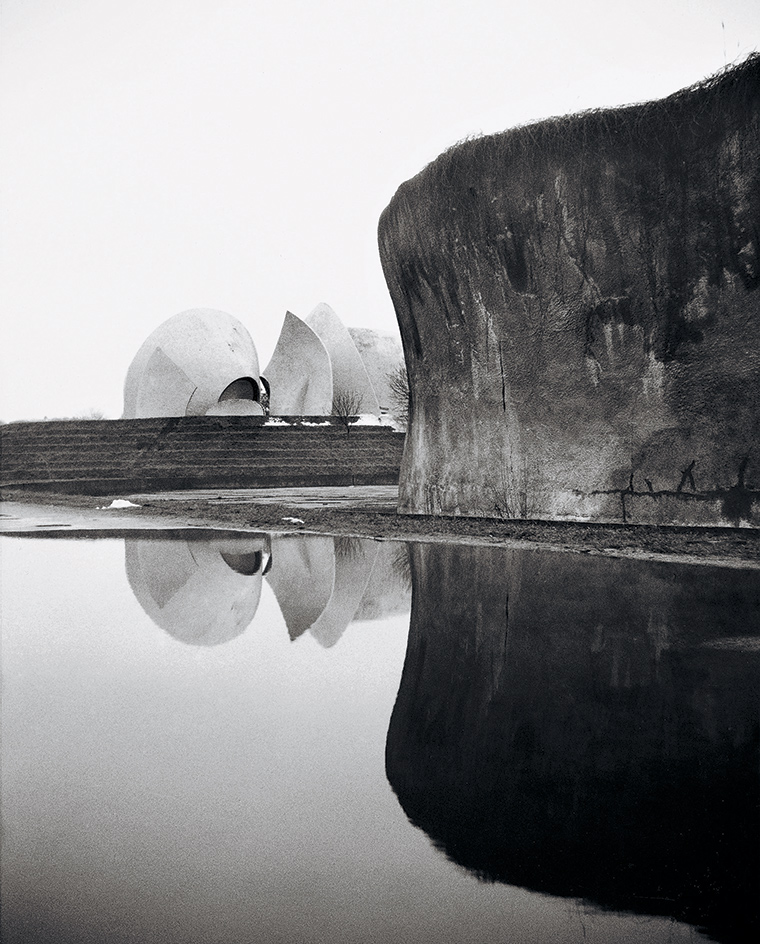
Crematorium in Kiev, Ukraine, by A Miletski, 1985
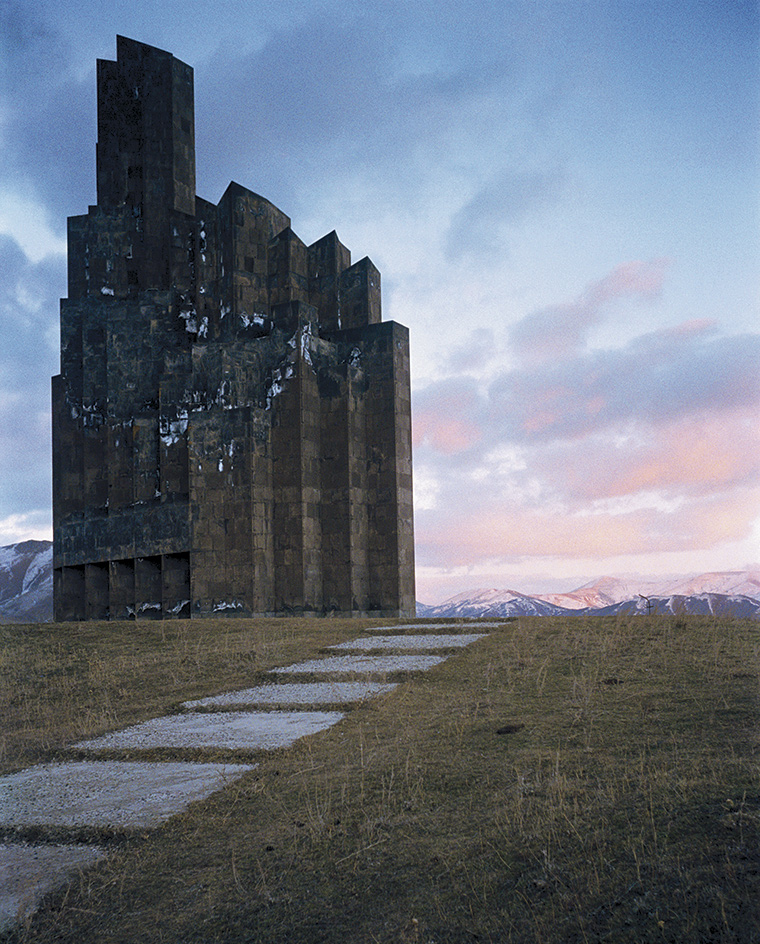
Monument to the Battle of Bash-Aparanin Armeniam, by Rafael Israelyan, 1979
INFORMATION
Frédéric Chaubin. Cosmic Communist Constructions Photographed, £ 34.99, published by Taschen
Wallpaper* Newsletter
Receive our daily digest of inspiration, escapism and design stories from around the world direct to your inbox.
Jonathan Bell has written for Wallpaper* magazine since 1999, covering everything from architecture and transport design to books, tech and graphic design. He is now the magazine’s Transport and Technology Editor. Jonathan has written and edited 15 books, including Concept Car Design, 21st Century House, and The New Modern House. He is also the host of Wallpaper’s first podcast.
-
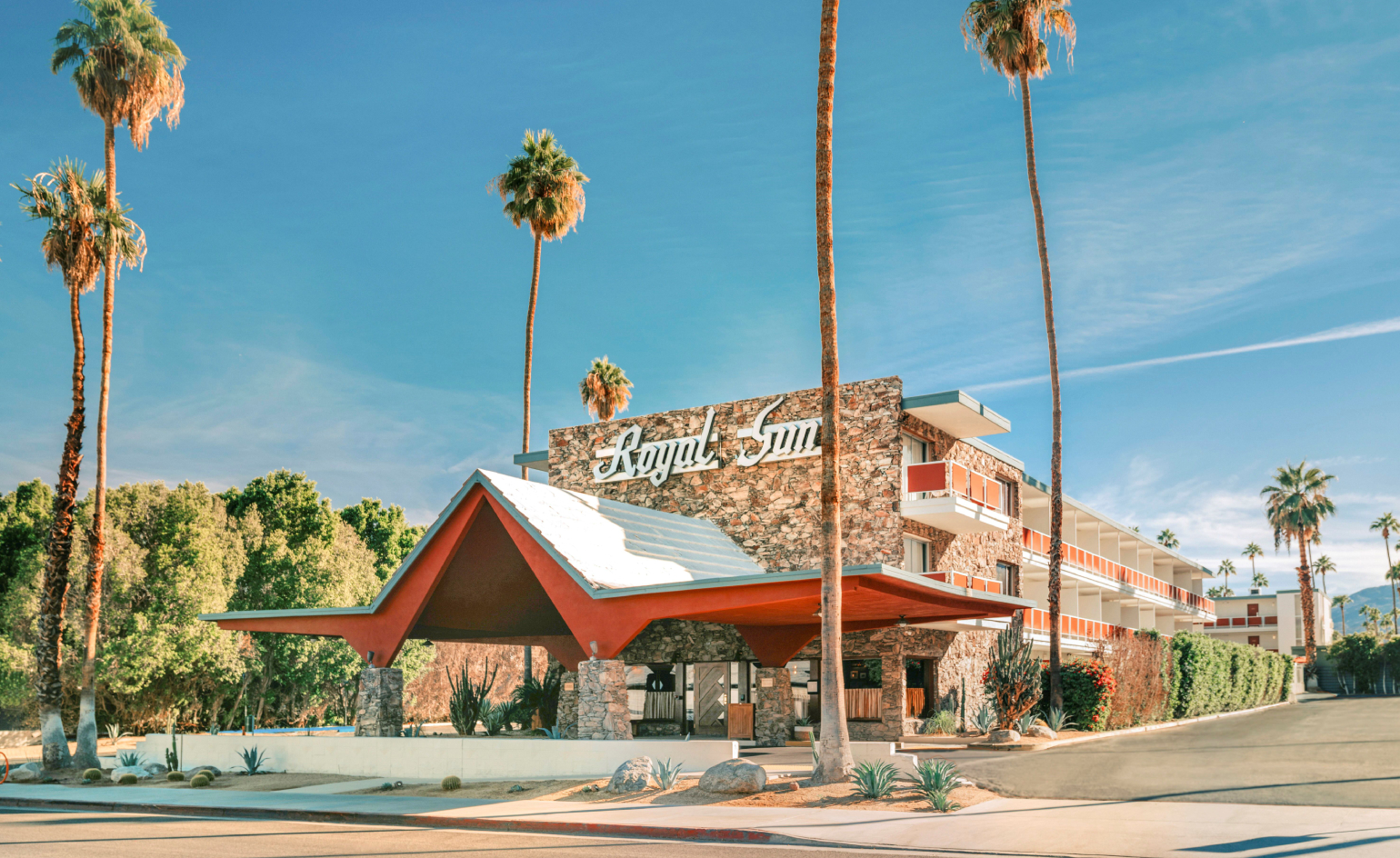 Seven things not to miss on your sunny escape to Palm Springs
Seven things not to miss on your sunny escape to Palm SpringsIt’s a prime time for Angelenos, and others, to head out to Palm Springs; here’s where to have fun on your getaway
By Carole Dixon
-
 Microsoft vs Google: where is the battle for the ultimate AI assistant taking us?
Microsoft vs Google: where is the battle for the ultimate AI assistant taking us?Tech editor Jonathan Bell reflects on Microsoft’s Copilot, Google’s Gemini, plus the state of the art in SEO, wayward algorithms, video generation and the never-ending quest for the definition of ‘good content’
By Jonathan Bell
-
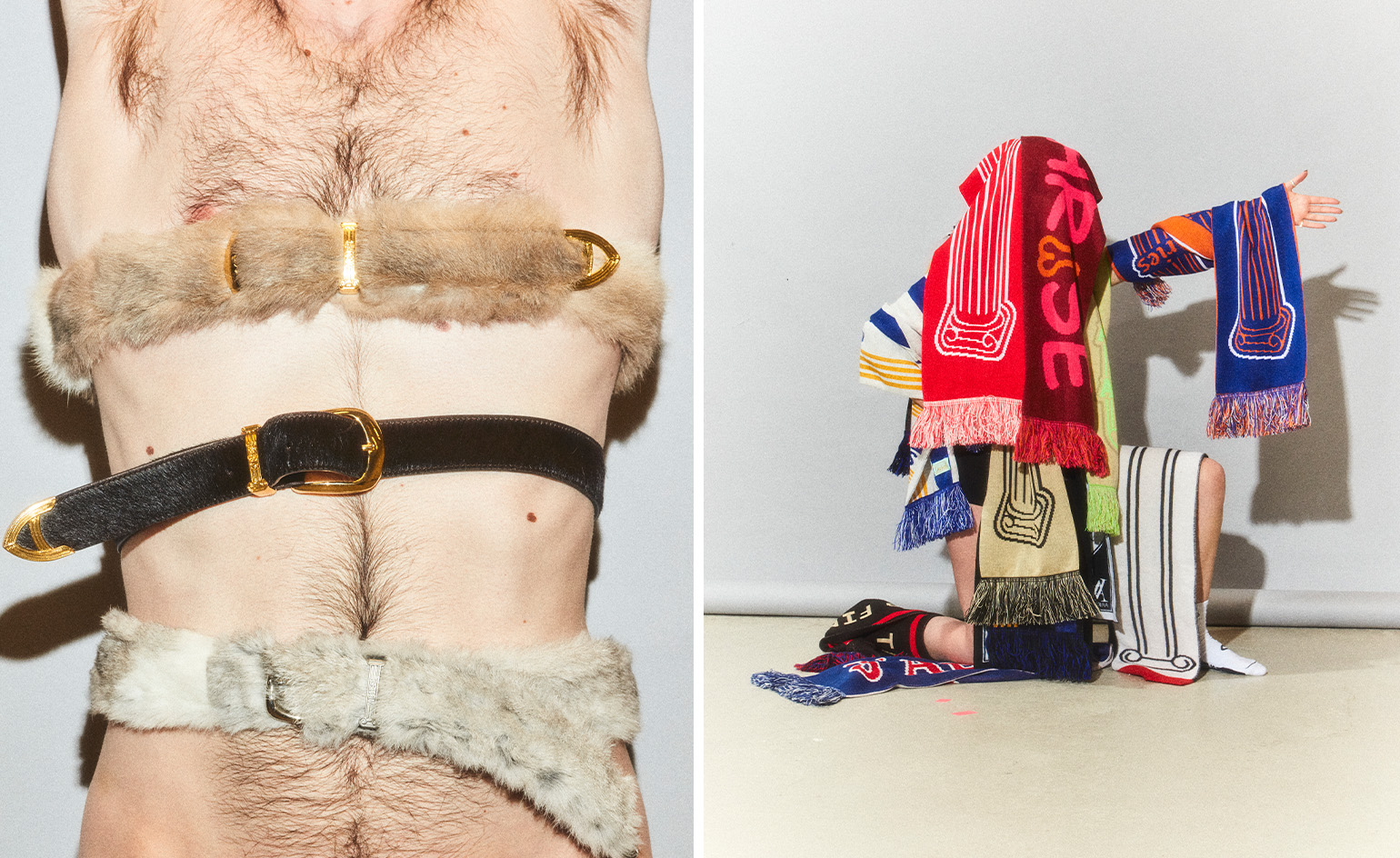 ‘Independence, community, legacy’: inside a new book documenting the history of cult British streetwear label Aries
‘Independence, community, legacy’: inside a new book documenting the history of cult British streetwear label AriesRizzoli’s ‘Aries Arise Archive’ documents the last ten years of the ‘independent, rebellious’ London-based label. Founder Sofia Prantera tells Wallpaper* the story behind the project
By Jack Moss
-
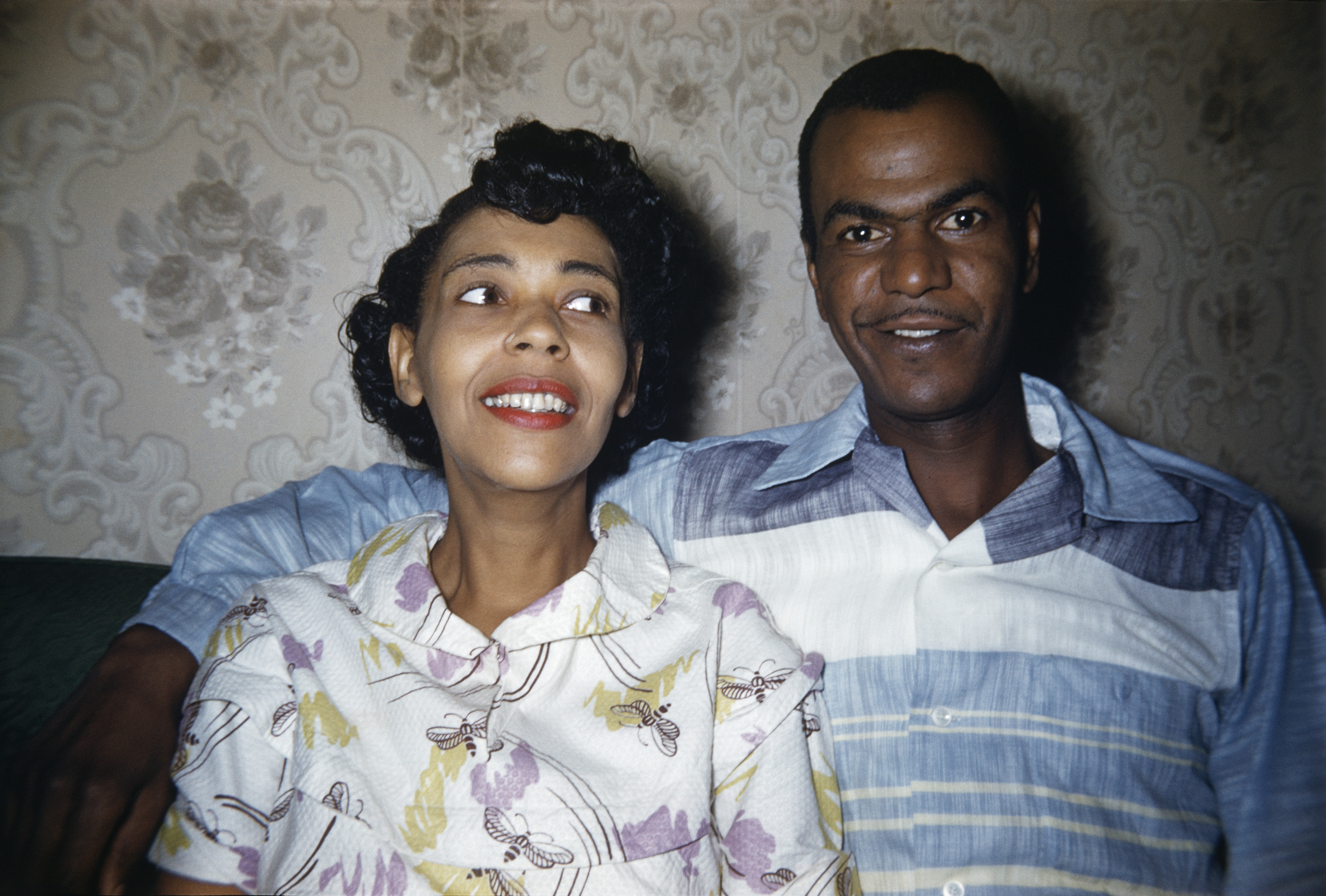 ‘Dressed to Impress’ captures the vivid world of everyday fashion in the 1950s and 1960s
‘Dressed to Impress’ captures the vivid world of everyday fashion in the 1950s and 1960sA new photography book from The Anonymous Project showcases its subjects when they’re dressed for best, posing for events and celebrations unknown
By Jonathan Bell
-
 Daniel Arsham’s new monograph collates the works of the auto-obsessed American artist
Daniel Arsham’s new monograph collates the works of the auto-obsessed American artist‘Arsham Motorsport’ is two volumes of inspiration, process and work, charting artist Daniel Arsham’s oeuvre inspired by the icons and forms of the automotive industry
By Jonathan Bell
-
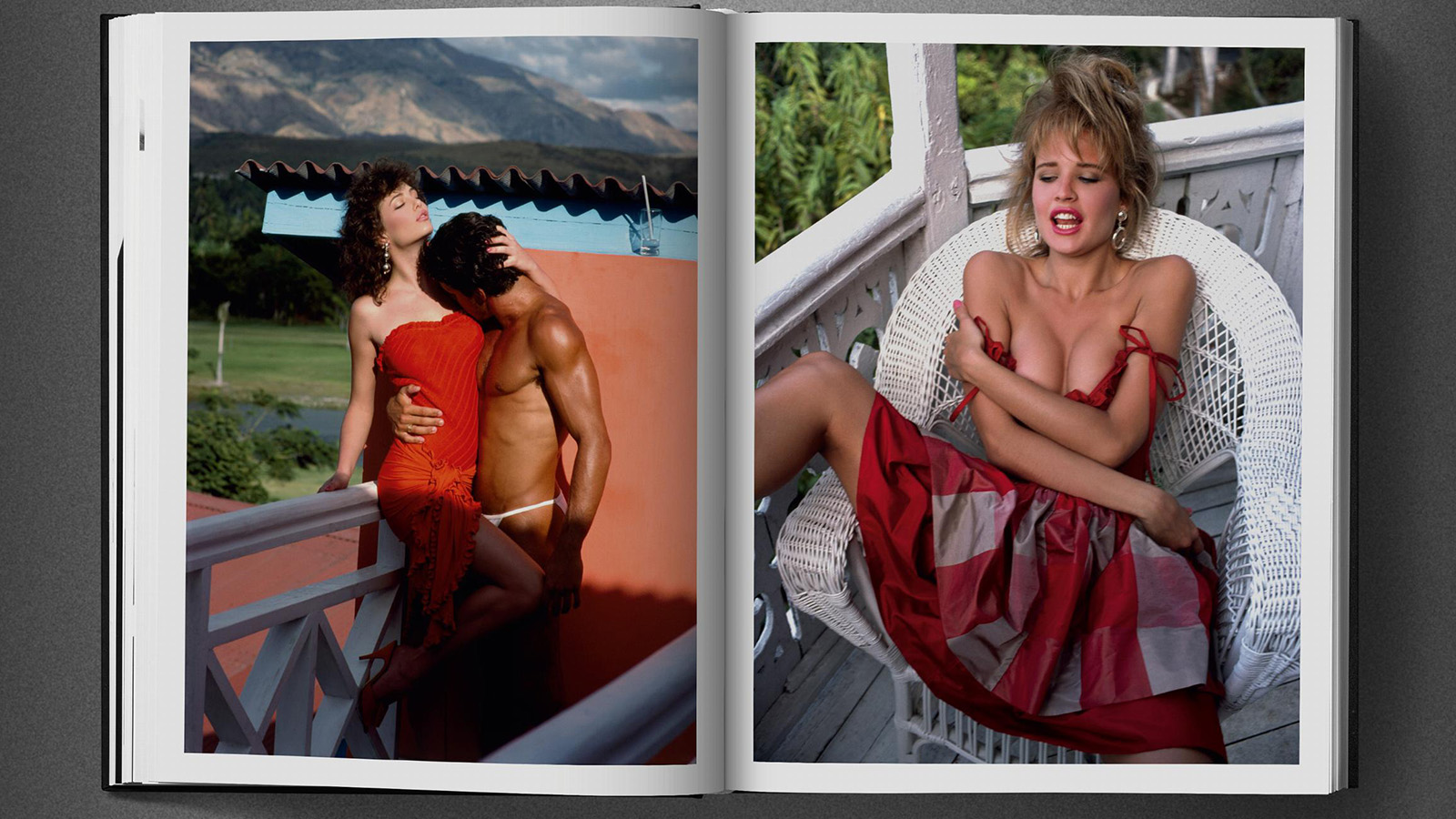 Era-defining photographer David Bailey guides us through the 1980s in a new tome not short of shoulder pads and lycra
Era-defining photographer David Bailey guides us through the 1980s in a new tome not short of shoulder pads and lycraFrom Yves Saint Laurent to Princess Diana, London photographer David Bailey dives into his 1980s archive in a new book by Taschen
By Tianna Williams
-
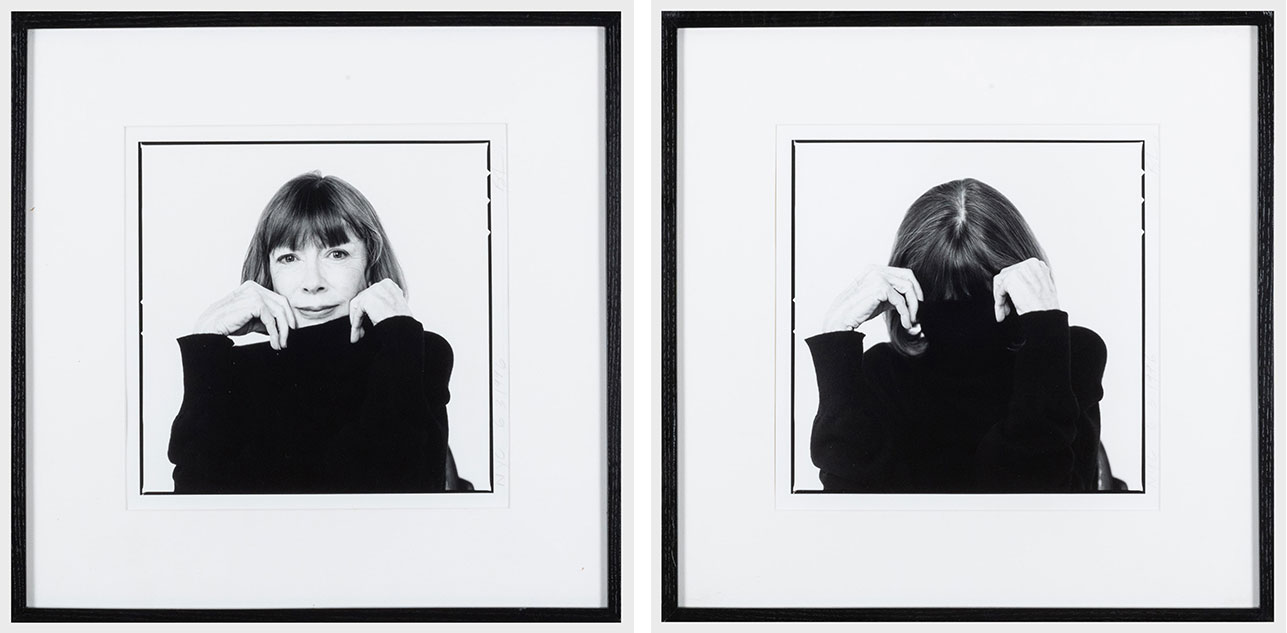 Inside Joan Didion’s unseen diary of personal relationships and post-therapy notes
Inside Joan Didion’s unseen diary of personal relationships and post-therapy notesA newly discovered diary by Joan Didion is soon to be published. Titled 'Notes to John', the journal documents her relationship with her daughter, husband, alcoholism, and depression
By Tianna Williams
-
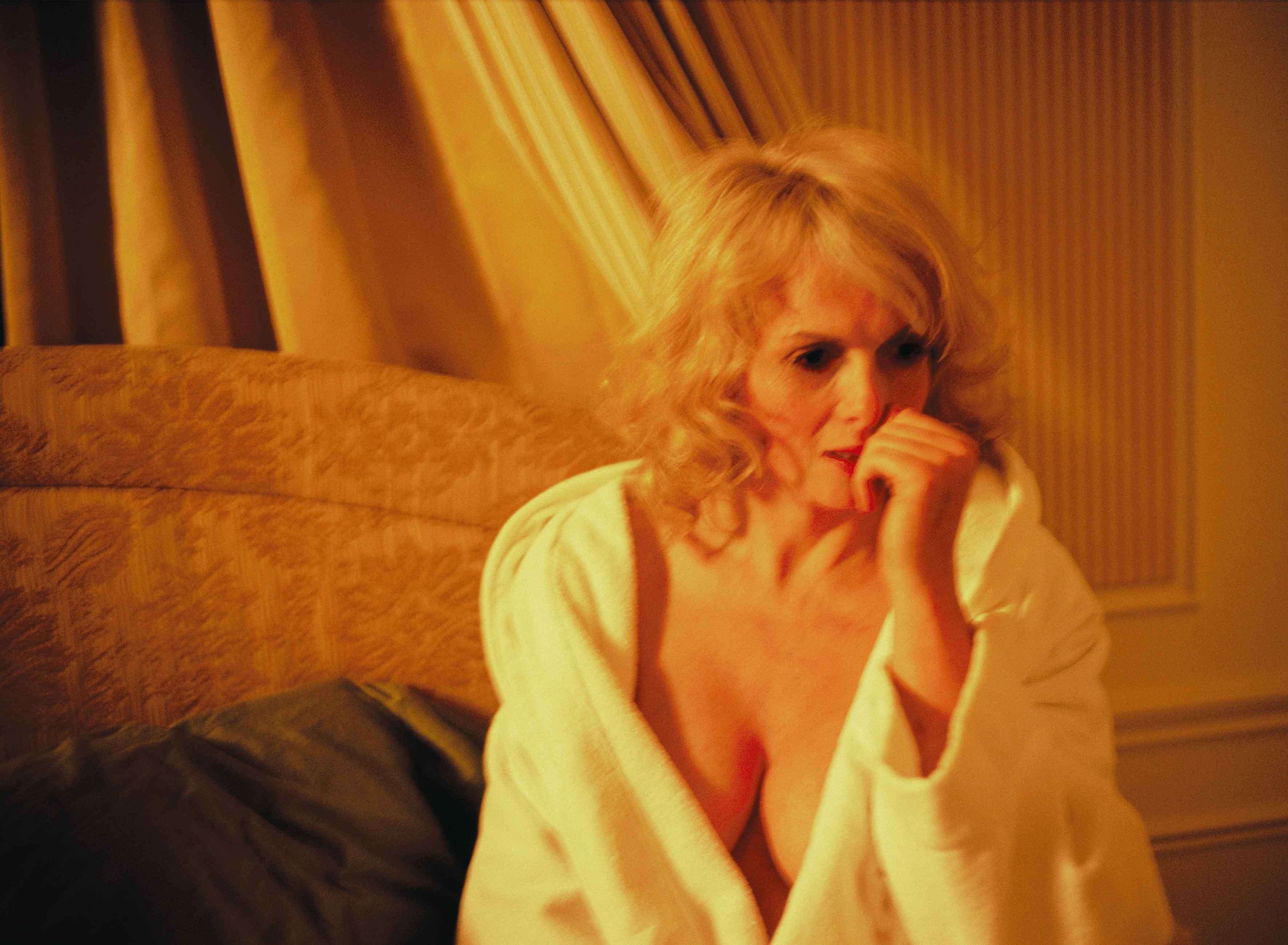 Carsten Höller’s new Book of Games: 336 playful pastimes for the bold and the bored
Carsten Höller’s new Book of Games: 336 playful pastimes for the bold and the boredArtist Carsten Höller invites readers to step out of their comfort zone with a series of subversive games
By Anne Soward
-
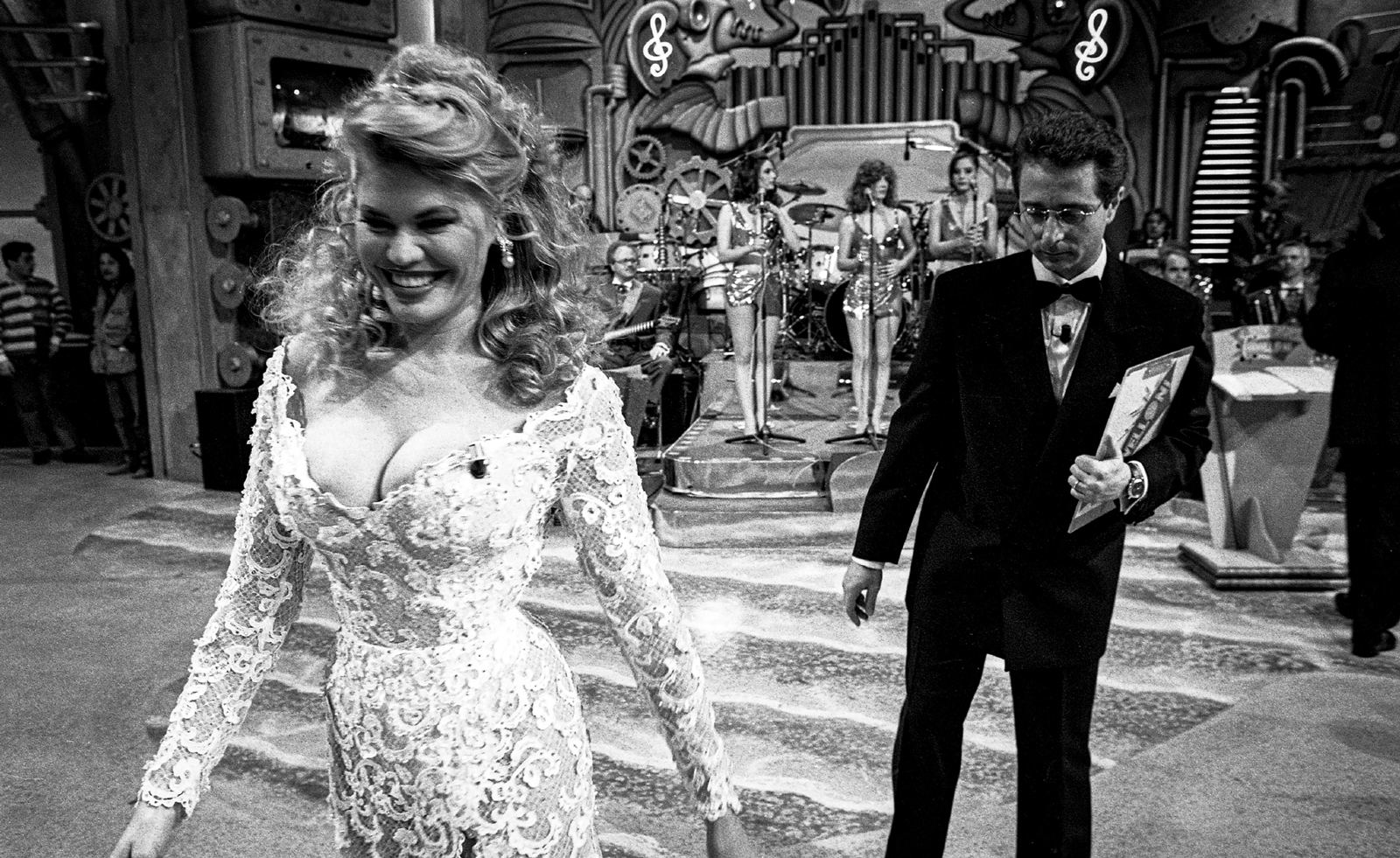 Distracting decadence: how Silvio Berlusconi’s legacy shaped Italian TV
Distracting decadence: how Silvio Berlusconi’s legacy shaped Italian TVStefano De Luigi's monograph Televisiva examines how Berlusconi’s empire reshaped Italian TV, and subsequently infiltrated the premiership
By Zoe Whitfield
-
 How a sprawling new book honours the legacy of cult photographer Larry Fink
How a sprawling new book honours the legacy of cult photographer Larry Fink‘Larry Fink: Hands On / A Passionate Life of Looking’ pays homage to an American master. ‘He had this ability to connect,’ says publisher Daniel Power
By Jordan Bassett
-
 New Jay-Z coffee-table book dives into the Brooklyn rapper's archives
New Jay-Z coffee-table book dives into the Brooklyn rapper's archives'Book of HOV: A Tribute to Jay-Z' is a hefty tome for a hefty talent
By Craig McLean